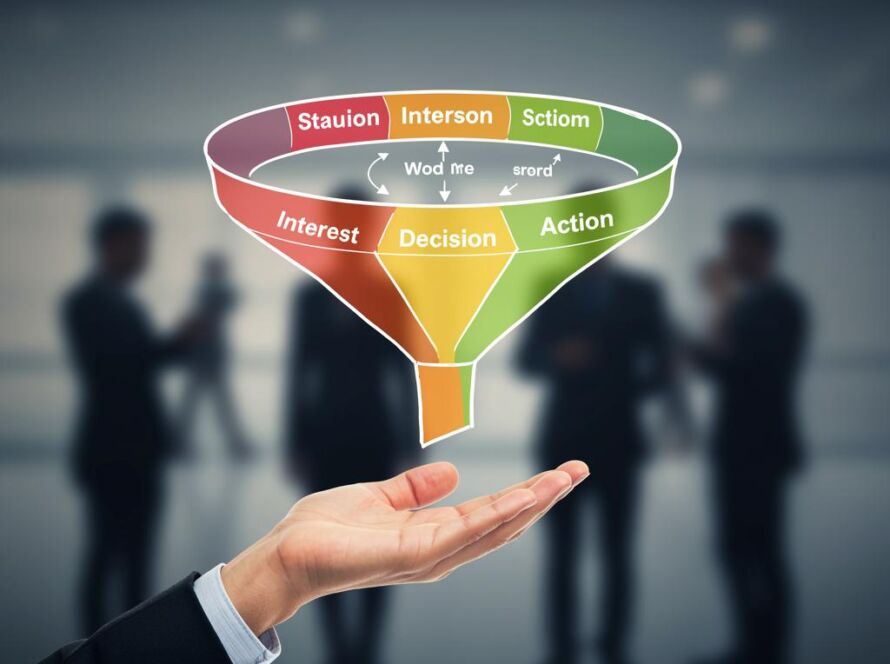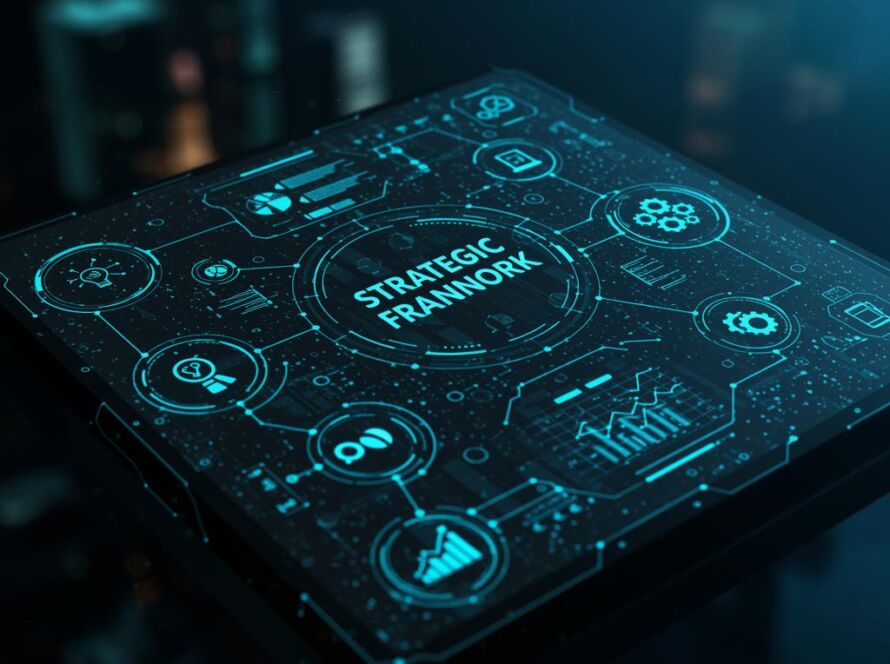AI Multilingual Translator: Content in Any Language
AI Multilingual Content Translator: Breaking Down Language Barriers
In today’s interconnected world, communicating effectively across different languages is more crucial than ever. Whether you’re a business expanding globally, a content creator reaching a wider audience, or simply an individual trying to connect with people from different cultures, language can be a significant barrier. Fortunately, AI-powered multilingual content translators are rapidly evolving to bridge this gap, offering powerful solutions for seamless cross-lingual communication.
Understanding the Power of AI in Translation
Traditional translation methods often involve manual effort, which can be time-consuming, expensive, and prone to errors. AI-powered translators, on the other hand, leverage machine learning algorithms to learn from vast amounts of data, enabling them to translate text quickly and accurately. These systems are constantly improving, learning from each translation and refining their understanding of nuances, context, and even cultural idioms.
Key Advantages of AI Translators
- Speed and Efficiency: Translate large volumes of text in a fraction of the time compared to human translators.
- Cost-Effectiveness: Reduce translation costs significantly, especially for large projects.
- Scalability: Easily handle increasing translation needs as your business or content grows.
- Accessibility: Make information accessible to a wider audience, regardless of language.
Choosing the Right AI Translation Tool
With a plethora of AI translation tools available, selecting the right one can be daunting. Consider these key factors when making your decision:
Factors to Consider
- Accuracy: Look for tools that prioritize accuracy and offer features like post-editing options.
- Supported Languages: Ensure the tool supports the languages you need for your specific project.
- Integration Capabilities: Check if the tool integrates seamlessly with your existing content management system or other platforms.
- Customization Options: Some tools allow customization to maintain brand voice and style consistency across languages.
- Security and Privacy: Choose a reputable provider that prioritizes data security and confidentiality.
Best Practices for Using AI Translation Tools
While AI translators are incredibly powerful, using them effectively requires a strategic approach. Follow these best practices to maximize results:
Tips for Optimal Results
- Pre-edit Your Content: Clear, concise source text leads to more accurate translations.
- Context is Key: Provide as much context as possible to help the AI understand the nuances of your message.
- Post-Editing for Quality Assurance: Review and refine the translated text to ensure accuracy and fluency. Consider using a professional translator for critical content.
- Test and Iterate: Experiment with different tools and settings to find the best approach for your specific needs.
Beyond Text: The Future of AI Translation
The field of AI translation is constantly evolving. We’re seeing advancements in areas like real-time translation, voice translation, and even image translation. These developments promise to further break down language barriers and foster greater global understanding.
Emerging Trends
- Real-time Translation: Enabling seamless communication during live conversations and video conferences.
- Voice Translation: Translating spoken language instantly, bridging communication gaps in face-to-face interactions.
- Integration with other AI technologies: Combining translation with other AI capabilities like sentiment analysis and natural language processing for deeper insights.
Conclusion
AI multilingual content translators are revolutionizing the way we communicate across languages. By understanding the power of these tools and using them strategically, businesses and individuals can unlock new opportunities for global reach, collaboration, and understanding. As AI technology continues to advance, the future of translation promises to be even more seamless and interconnected, fostering a truly global community.



